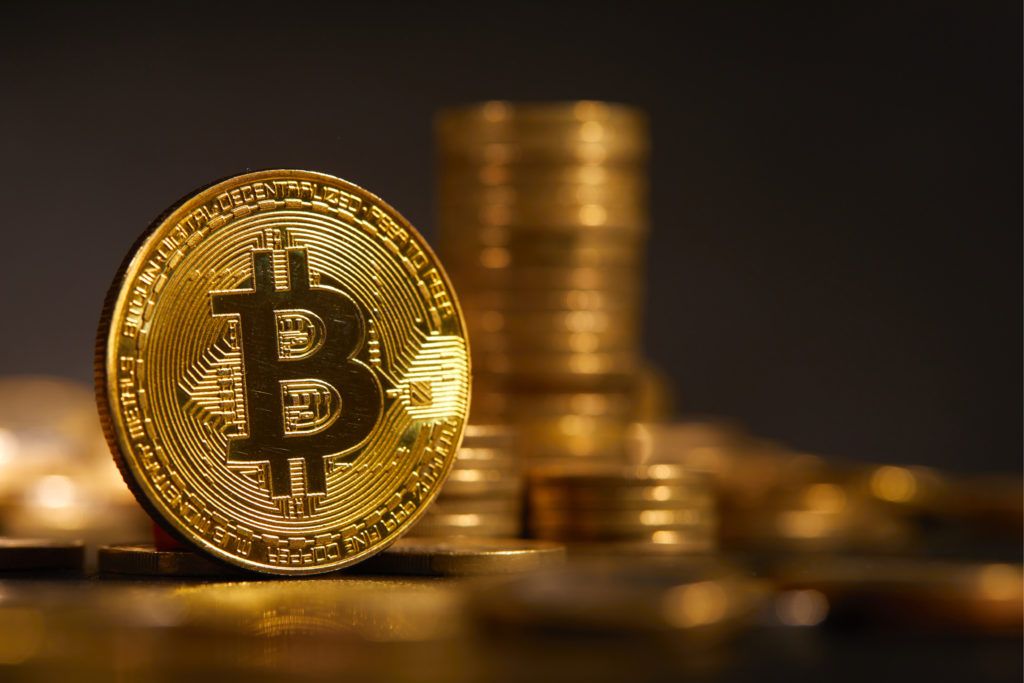Cryptocurrency fans are turning to interest-bearing accounts during this bearish Crypto Winter. Accounts with annualized returns paid out in cryptocurrencies are now more popular than ever before.
In a bearish market, people tend to look for stability. Just like investors move to U.S. Treasury bonds and other assets with fixed returns during a recession, cryptocurrency investors have been flocking to interest-bearing accounts with payouts in Bitcoin (BTC) or Ethereum (ETH). The end result has been the growth of fintech firms which have amassed significant reserves of deposits.
One of the largest of these fintech firms benefiting from the new cryptocurrency craze is BlockFi. Backed by billionaire Mike Novogratz and his firm Galaxy Capital, BlockFi offers about 6.2 percent annual returns in either bitcoins or ether.
Blockfi, and others like it, don’t have fixed interest rates, though. Instead, they fluctuate on a month-to-month basis. Interest rates are higher when prices are falling and lower than prices are rising. As such, the second the market rebounds, we can expect many of these interest-bearing accounts to dry up significantly.

How It Works
Interest-bearing accounts work pretty simply. In the case of BlockFi, clients can deposit either bitcoins or ethers. The company then lends these deposited coins to investment firms for arbitrage or short-selling. That’s how profits are made — by predicting slight market swings or discrepancies across different exchanges. Currently, BlockFi has some $35 million in deposits. What makes BlockFi so attractive to clients is that it offers over three times a higher interest rate of returns than all its retail competitors. Regular savings accounts don’t even come close to these kinds of returns. However, there’s a catch: whereas exchanges like Gemini and Coinbase are FDIC insured, there’s nothing really protecting your deposits with BlockFi and others like it. Instead, there’s no downside protection. Your assets are, legally speaking, not protected.
Concerns Persist
Although some would find no real issue with the growth of these deposits and their annual returns, there have been many criticisms. Pushback has been led by those who compare the accounts to scams, like what happened to the digital-asset exchange Quadriga CX. BlockFi makes clear, however, that each firm ultimately decides its own interest rate. Nonetheless, law specialists like David Silver commented to Bloomberg that, as a securities fraud lawyer, “Blockfi’s advertising makes it seem like [6.2 percent] is a guaranteed rate of return.” The risk disclosures are right there for all to see — but who really reads all of them? Of course, there’s always systemic risks to take into account, but the reality is that you have to be a little tech savvy to understand this kind of stuff. That’s why there’s always room for fraud. For the pessimistic, the interest-bearing accounts are a momentary craze to cynically ease losses during a bearish market. For the cryptocurrency fans out there, it might just be another pillar of the cryptocurrency ecosystem which is here to stay. What are your thoughts on interest-bearing accounts in cryptocurrency? Are they just a craze or are they here to stay? Let us know your thoughts below!Disclaimer
In adherence to the Trust Project guidelines, BeInCrypto is committed to unbiased, transparent reporting. This news article aims to provide accurate, timely information. However, readers are advised to verify facts independently and consult with a professional before making any decisions based on this content. Please note that our Terms and Conditions, Privacy Policy, and Disclaimers have been updated.

Advertorial
Advertorial is the universal author name for all the sponsored content provided by BeInCrypto partners. Therefore, these articles, created by third parties for promotional purposes, may not align with BeInCrypto views or opinion. Although we make efforts to verify the credibility of featured projects, these pieces are intended for advertising and should not be regarded as financial advice. Readers are encouraged to conduct independent research (DYOR) and exercise caution. Decisions based on...
Advertorial is the universal author name for all the sponsored content provided by BeInCrypto partners. Therefore, these articles, created by third parties for promotional purposes, may not align with BeInCrypto views or opinion. Although we make efforts to verify the credibility of featured projects, these pieces are intended for advertising and should not be regarded as financial advice. Readers are encouraged to conduct independent research (DYOR) and exercise caution. Decisions based on...
READ FULL BIO
Sponsored
Sponsored

